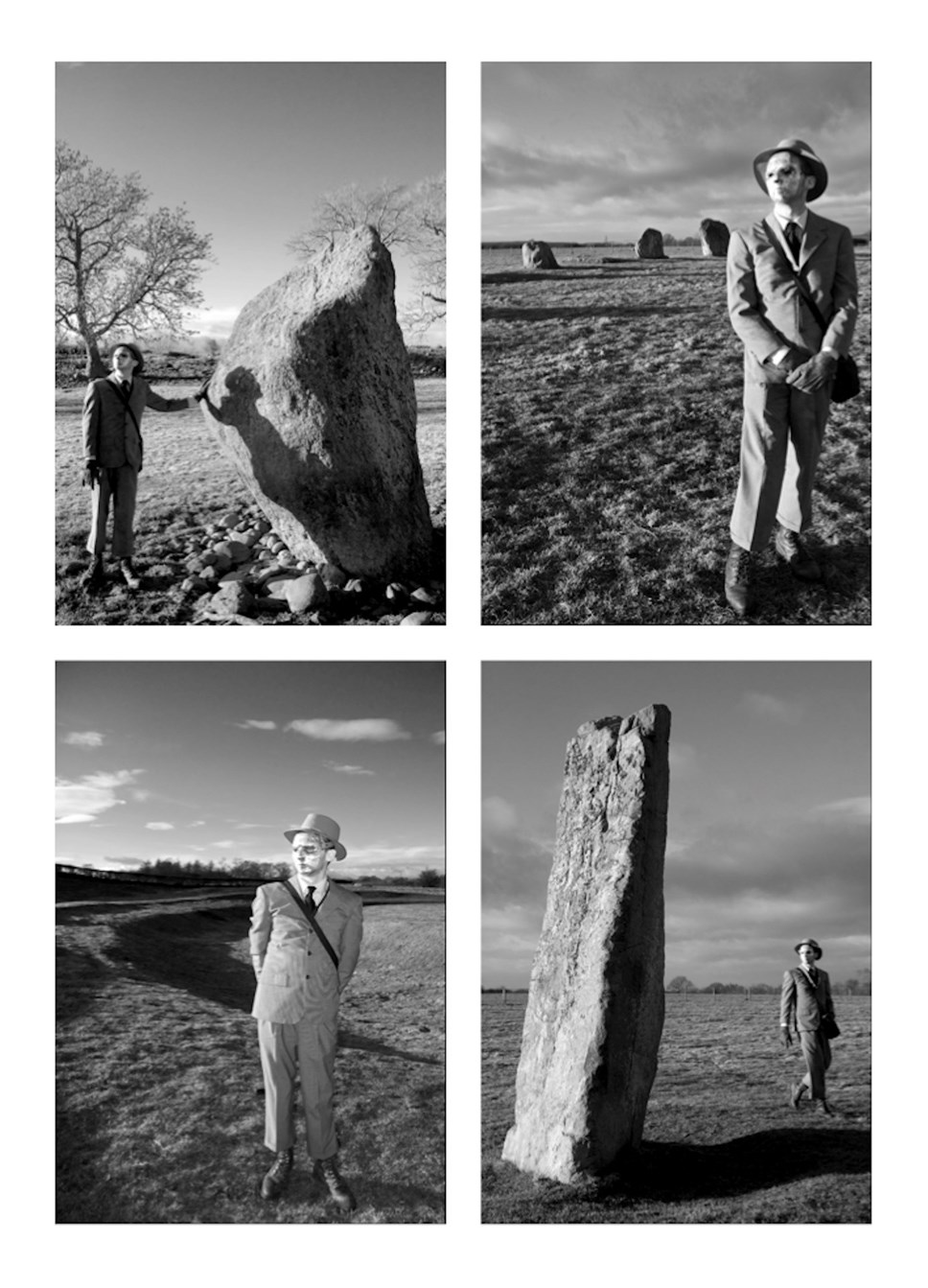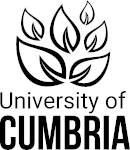
Nuclear fusion with art at its core
Unthinkable, art in the impossible materials of ghosts, folklore and underworlds fused with a nuclear industry and repositories potentially storing waste for thousands of years?
Not if you are University of Cumbria’s Professor Robert Williams, whose applauded work was presented to 168 experts from 17 countries at an international conference and has created an exceptional energy in its own right.*
It was a completely logical step to go from alchemy to atomic processes as they have similar goals, argues the artist and academic whose work is now listed with the international Nuclear Energy Agency (NEA).
Holding one of the world’s largest collections of published information on peaceful uses of nuclear science and technology, NEA members account for 85 percent of global nuclear capacity.
And there sits the Cumbrian Alchemy (CA) project, acknowledged for influencing debate and public perception, especially in its home county, base for the UK’s first nuclear power station.
Not only has CA highlighted the role of art in nuclear site management, it helped to consider markers to warn civilisations about waste storage for future millennia. It has also played a part informing international guidance to reduce the intrusion of repositories, as well as actions following site closures.
The project kicked off with American artist Bryan McGovern Wilson, who was then working with Prof Williams on his Alchemist’s Shack project in Pennsylvania, amid conversations around matters subterranean, archaeological and geological. Long-term nuclear waste storage and environmental issues began to emerge.
Funded by Arts Council England, the pair turned attention to Cumbria and the northwest energy coast, where nuclear, mining and renewable industries offered an artistic treasure-trove when combined with the region’s landscape, archaeology and folklore.
A plethora of sites beckoned and those probed ranged from vitrification centres in Drigg and Barrow, historic monuments in Heysham, Penrith, Castlerigg, Florence Mine, and beyond, plus dialogue with curators and specialists from museums and arts projects.
At the core was history and narrative, existing alongside two nuclear power stations, boatyards building nuclear submarines, renewables, mining and extraction industries for graphite, iron, and coal.
“Combined, this is a compelling power,” explained Prof Williams. “We were in the right place at the right time to be part of the discourse about long-term nuclear repositories, having already established interest in what was going on underground.”
Feeding into international nuclear industries’ important RK&M (records, knowledge and memory) collections, new and celebrated art works have been developed.
Large-scale Diasec photographs, a series of drawings and sculpture, even stones from Cumbrian sites were sent to New York, cast in uranium glass in a studio overlooking the rooms at Columbia University where Project Trinity, the first atomic bomb, began.
Their work on the Perpetual Uncertainty has been seen in Scandinavia and Belgium where audiences of around 190,000 were reached, a further 11,000-plus through outreach opportunities.
Back in Cumbria, the pair have been credited with successfully developing increased understanding of nuclear issues.
Prof Williams explained: “No one had ever done this before. Nuclear agencies are interested in protecting future generations from the effects of current activities and we became part of the debate.
“We’ve managed to contribute to important dialogue that crosses all kinds of disciplines and boundaries. People in the nuclear industry tend to exist in echo chambers because of the nature of their work. We have encouraged them to step out.
“It was important to be the impartial voice and that we approached this from an agnostic position of being neither pro nor anti-nuclear.
“It wasn’t even about risks or perils, it was being clear on the issues, especially thinking about how future cultures would deal with waste repositories. We wanted to inform and to keep knowledge alive, which is very different to big flashing warning lights.
“Language and meanings had to move on from the old skull and cross-bone hazard signs and that was why our project was well-timed and received.”
“Particularly relevant were unsuccessful plans Sellafield to build a repository that would have extended under the Irish Sea. That was a much greater point of discussion and came in the early days of the project.”
That Cumbria Alchemy has been able to generate dialogue, interest and internationally recognised records as a legacy in its own right.
Complex relationships were established between nuclear and energy industries, archaeological monuments and folklore traditions, along with stewardship of land and place. However, the work is far from complete.
Prof Williams helped with BBC’s The Nuclear Priesthood, which asked how people 100,000 years in the future could be warned about buried nuclear waste with poet Paul Farley exploring the options from pictures and monuments to atomic folk tales. https://www.bbc.co.uk/programmes/m000zdq9
The two artists described their Atomic Priest as channelling the spirit of Robert Oppenheimer, father of the atomic bomb, as part of the work with the ‘impossible materials of alchemy, ghosts and underworlds.
Challenging though Covid has been, it has also prompted new responses from them both.
Prof Williams explained: “Through the pandemic, we’ve been communicating through screens and without travel. We are imagining how to do this through the earth, rather than airwaves, looking at mycelium connections through the Wood Wide Web.
“This is where research has shown that beneath every forest and wood there is a complex underground web of roots, fungi and bacteria helping to connect trees and plants to one another.
“Perhaps there are other ways of interacting with each other and conduits that might help us. We are moving on to investigate underground geological communications. I live near Lancaster, there’s a Lancaster near where Bryan lives in California – maybe we can join them up through the earth!”
*‘Cumbrian Alchemy’ in Constructing Memory: An international conference and debate on the preservation of records, knowledge and memory of radioactive waste across generations. Organised by the Nuclear Energy Agency (NEA) & the French Nuclear Energy Agency (ANDRA). Centre Mondial de la Paix. Verdun, France. September 2015.
